How does the RPE scale work and why you should know it
The perception of exertion plays a key role in the performance of cyclists and is one of the great forgotten aspects to understand and control the intensity of pedaling. The RPE scale brings the body back to the center of training, and understanding it is crucial for improving performance on the pedals.
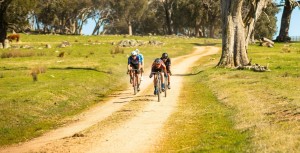
The RPE scale: the key role of exertion perception in performance
The constant evolution of cycling has flooded the sport with an unprecedented arsenal of devices that record countless parameters. Data has replaced the cyclist's judgment, relegated to indifference in the face of omnipresent power meters and lactate monitors, among many others. However, the reality is that the human body is incredibly complex, and data is unable to read it as well as we can ourselves.
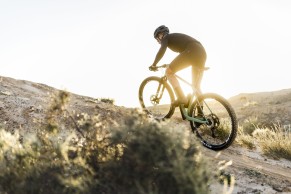
RECOMENDADO

Complete list of the highest paid cyclists of 2025
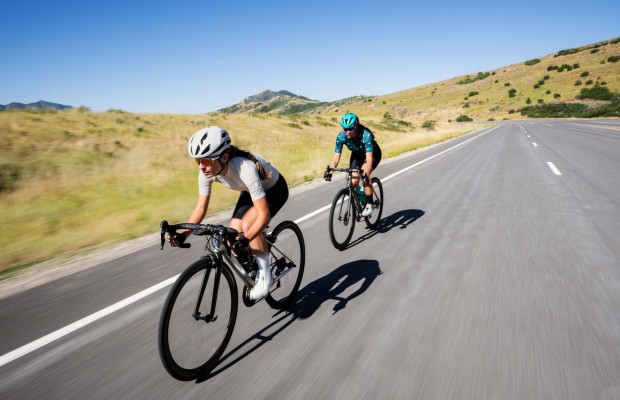
Shimmy Effect: why some bikes become uncontrollable when going downhill

How many calories are burned when cycling

What is heart rate variability and how does it affect the cyclist?
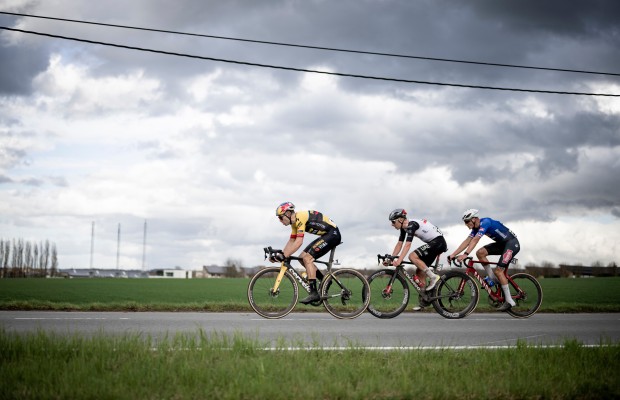
Fat Max Training to efficiently eliminate fat

Change wheels if you want to transform your bike's behavior
In this race in which professionals - and increasingly non-professionals - live to collect and analyze data, the perception of effort itself has been left aside. Mastering this subjective parameter can be key to improving performance. Let's break it down.
First, we need to find a definition that brings us closer to this term. Exertion perception is the sensation we experience that allows us to internally classify the hardness - the effort - of an exercise. Although power is an important factor, it is useless if we are unaware of the effort to which we are subjecting the body; that is, at the same power, the effort can be different.
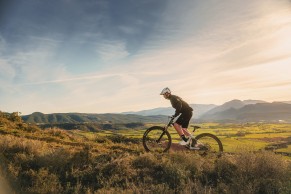
Secondly, for proper analysis, it is necessary to transform this subjective sensation into numbers. For this, the Borg scale was created, which relates the time an exercise can be maintained to the RPE. However, ranging between numbers 6 and 20 - in order to relate it to heart rate - it was less intuitive than those commonly used, which range between 0 and 10.
Below is an example of an RPE scale.
| Value | Denomination | Approximate time limit |
| 0 | Rest | - |
| 1 | Very, very light | - |
| 2 | Very light | 2 h 30' - 7 h |
| 3 | Moderate | 2 h 30' - 7 h |
| 4 | Moderate + | 2 h 30' - 7 h |
| 5 | Strong | 1 h - 2h 30' |
| 6 | Strong + | 1 h - 2h 30' |
| 7 | Very strong | 20' - 60' |
| 8 | Very, very strong | 7' - 20' |
| 9 | Extremely strong | 30" - 7' |
| 10 | Maximum | less than 30" |
The more experienced the cyclist, the better judgment they will have to determine the RPE. The importance of exertion perception is that it is the main factor responsible for the cyclist stopping or reducing the intensity of pedaling; the body has developed a mechanism by which the mind induces unpleasant sensations - pain or fatigue - before the exercise overwhelms us and triggers serious consequences in the body.

It is important to understand that the mind and muscles communicate constantly. The brain evaluates the workload to which the muscles are subjected, and if it deems it necessary, it reprograms the pace to allow us to finish the exercise before collapsing and avoiding major consequences.
RPE depends - to a large extent - on the level of the body's physical response and the motivation to endure this effort.

In the scientific community, there are two lines of thought that correlate the mind-muscle communication. Each of them affects the way we understand RPE differently.
On one hand, the line of those who argue that it is an involuntary mechanism that forces the muscles to slow down; on the other hand, the line of those who argue that although the brain sends sensations of fatigue and pain, stopping the exercise is a voluntary decision related to the motivation we have.
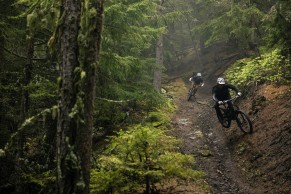
According to this latter line of thought, a motivated cyclist will be able to endure more time at the same RPE than someone who is not motivated.
Regardless, reducing RPE will help improve performance. To reduce RPE, the cyclist will have to improve their physical conditions. And, in relation to the second line of thought, motivation also comes into play.
In any case, effort perception will help improve performance, as, according to some expert voices, in the end, it is responsible for making us stop.